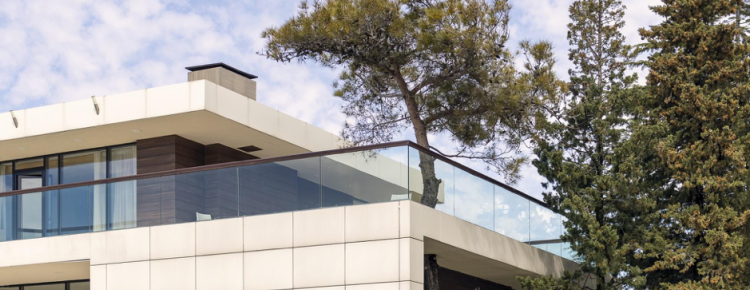
Guest Post by: Evelyn Adams
_____________
Growth in the urban population directly affects the increase of urban areas, which in turn influences the natural environment. The volume of vegetation decreases, agricultural land quality and the number of water resources become worse as well which leads to environmental pollution. The city represents a complex mosaic of natural and anthropogenic habitats.
So what are the key technologies which could improve green infrastructure?
Green Roofs

Climate risks and their relationship to the so-called "green" roofs is one of the issues that were actively discussed by members of the eco-community last week. The reason for this was Lonon's experience in introducing such facilities and the desire of the capital of Bangladesh to adopt the experience of Europe.
According to Green Roofers, the capital of Bangladesh - the city of Dhaka - is joining a circle of cities around the world that are planning to develop green roofs. The city plans to encourage the use of green roofs to help cool the city during hot periods.
“The speed with which the air temperature in the city rises every day is very serious! We are convinced that a rooftop garden can help cool the air by absorbing excess carbon dioxide, ”said Dr. Farouk Hossein, assistant professor of geography and environment at the University of Dhaka. “Not only is this pushing us forward this idea - roof gardens help us maintain and develop biodiversity in the city because they help various species of birds and rare species of insects live and reproduce,” he adds.
Among other things, green roofs will help promote sustainability and ethics and provide a place to work for those citizens who want to grow vegetables and fruits for their families. In fact, green roofs everywhere are the right thing to do. For example, Berlin is particularly sensitive to climate change as it is a city of pipes and asphalt. Experts believe that Berlin's dust is turning it into a “city sponge”. The use of green roofs, green walls, and wetlands could be a good defense for the city and prevent further climate change.
Sponge Cities
By the way, Berlin has already one of the tallest green roofs in the world. Such roofs could work like a sponge for the ecosystem of the city: vegetation and soil will absorb water, storing it, and when the city warms up, the water evaporates, cooling the metropolis.
Hayk Stoke, a municipal official, says: “We used the term 'spongy city'. The key is to avoid over-compaction of the ground surface with concrete or asphalt. Where possible, we need water-permeable surfaces, this approach will help protect the city from a climate catastrophe. "
Some analysts estimate there is a potential 10 million square meters of roof space in London that could be retrofitted. This will have a significant positive impact on the climate in the capital. But how quickly this will happen remains an open question.

The New Zealand Answer to Green Infrastructure
New Zealand's first "climate-proof house" is almost complete. A few more details - and all that remains is to get the city council's resolution that the building complies with the building code.
The project to create a climate-friendly home that is both portable, modular, and affordable eco-home is finally beginning to bear fruit.
The frame of the house consists of six Formance 150mm SIP panels for the floor, wall, and ceiling. PVC-U window and door bindings, double glazed windows. The low-emissivity glass allows light to pass through but the heat stays in the room by reflecting effect. The roof houses a battery of solar panels connected to a five-kilowatt-hour battery.
The house is connected to an external power grid, and through the inverter, the excess or deficit of internal consumption will be balanced with the grid. The designers, however, believe that in the end, the house will be energetically positive every year. Even if the external power supply is interrupted for some reason, life in the house will not stop.
The house is also connected to a local network, in which excess energy produced by the household is dumped on the network for use by other local residents at a lower cost. The house is completely electric: there is no gas or wood heating source in it. The house has tap water. The wastewater flows into a septic tank, which is flood-proof and “looks like an ecosystem in a reservoir,” the designers say. By the way. many international companies have been working on such technologies. For example, the best infrastructure design companies and engineers at Engre.co can offer the widest range of services which could satisfy all your needs. Worms are used for cleaning, not pumps and filters. So this is a very energy-efficient biological system.
The house is small: its area is 58 square meters, plus a small veranda outside. It is raised 1.1m above ground level and 3.6m above the average.

